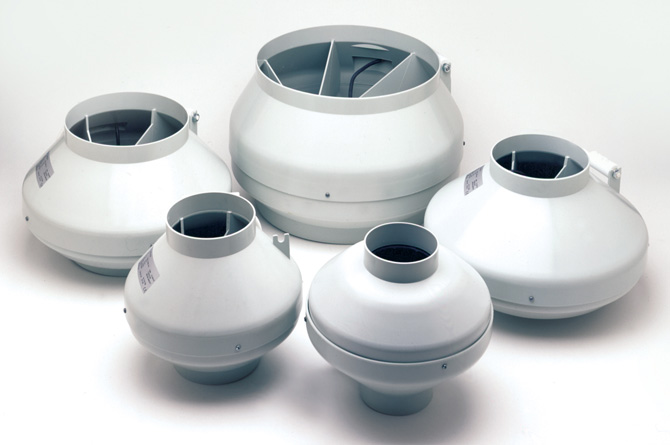
 |
|
Hydroponics - Indoor HorticultureHydroponics - Indoor Horticulture represents an educational, in-depth,
up-to-date,
indoor horticultural growers guide that covers all principles of indoor Hydroponics - Indoor Horticulture examines, explores, dissects and
presents a fully comprehensive step by step growers guide, relating
to all and every aspect of indoor hydroponic horticulture, with complete
chapters on plant biology, propagation, hydroponic systems, nutrients,
oxygen, carbon dioxide enrichment, pH, biological pest control, fungi/disease,
cuttings/clones, pruning/training, breeding, harvesting, equipment,
grow rooms, a full history of hydroponics, and more. |
(Below
follows a one page sample taken from the book) Oxygen |
||
 |
||
During this night cycle, plants’ respiration drops to a steady ambient level of maintenance. This is due to the plants not wanting to use any of their stored sugars during the night cycle any faster than they are required to do so. Consequently, during this cycle, surrounding oxygen is crucial as the leaves are not processing any. However, during the night cycle, the speed of respiration is not actually controlled by oxygen levels but by the temperature of the grow room; nevertheless, it is still very important to allow fresh air to the plants during the dark period. The rate at which plants are respiring is also the rate at which the plants are growing; these two factors are completely temperature dependent. Air Exchange The use of fresh air is central to the productiveness of any grow room. The concept of a grow room is, in simple terms, to replicate as well as possible, and in some cases, to improve upon the conditions outside that a plant is subjected to. A grower is therefore mimicking and even super charging what one would naturally find outside, inside; this is the key to very productive plants. As you can imagine, air exchange inside a grow room is a key and fundamental part of a |
This situation is very easily rectified and is also inexpensive to buy and employ. Investing in a good extraction fan is all that is required. An extraction fan should be mounted at the highest point of the grow room so as old, hot air rises, the extraction fan will suck this old, hot humid air out and through this action, creates a positive vacuum in the grow room. Making some inlet hole for fresh air to come in at a low level will make sure that air exchange can be maintained for your plants. Employing an extraction fan has many benefits. It ensures a good supply of fresh air and therefore, a good supply of oxygen and of CO2. It also removes humidity, stale, stagnated air, and heat. If you do not employ extraction, then you can liken the grow room to an oven with the light becoming the heat source within the oven. If you do not vent out hot air, the hot air is allowed to build up, just like in an oven, and slowly but surely, the grow room temperature will rise to levels that become out of control, and if left, can result in no growth for your plants or even complete annihilation of your living garden. So, as hot air rises in the grow room, it is absolutely essential to vent this hot air out. Through venting the hot air out and due to the vacuum effect, fresh air coming in from lower vents will reduce the overall temperature inside the grow room. In this way, you can maintain a level that best suits your plants. |
|
|
 |